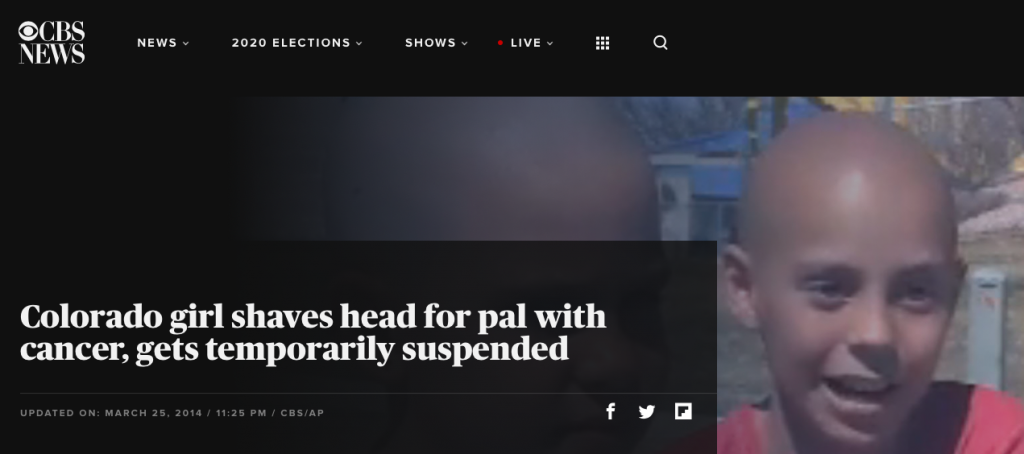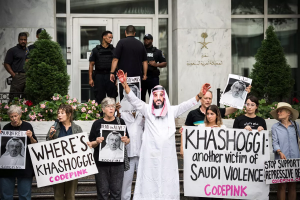Your Man in the Public Gallery: Assange Hearing Day 10
September 17th, 2020 by Craig Murray
The gloves were off on Tuesday as the US Government explicitly argued that all journalists are liable to prosecution under the Espionage Act (1917) for publishing classified information, citing the Rosen case. Counsel for the US government also argued that the famous Pentagon Papers supreme court judgement on the New York Times only referred to pre-publication injunction and specifically did not preclude prosecution under the Espionage Act. The US Government even surmised in court that such an Espionage Act prosecution of the New York Times may have been successful.
It is hard for me to convey to a British audience what an assault this represents by the Trump administration on Americans’ self-image of their own political culture. The First Amendment is celebrated across the political divide and the New York Times judgement is viewed as a pillar of freedom. So much so that Hollywood’s main superstars are still making blockbusters about it, in which the heroes are the journalists rather than the actual whistleblower, Dan Ellsberg (whom I am proud to know).
The US government is now saying, completely explicitly, in court, those reporters could and should have gone to jail and that is how we will act in future. The Washington Post, the New York Times, and all the “great liberal media” of the USA are not in court to hear it and do not report it, because of their active complicity in the “othering” of Julian Assange as something sub-human whose fate can be ignored. Are they really so stupid as not to understand that they are next?
Err, yes.
The prosecution’s line represented a radical departure from their earlier approach which was to claim that Julian Assange is not a journalist and to try and distinguish between his behaviour and that of newspapers. In the first three days of evidence, legal experts had stated that this gloss on the prosecution did not stand up to investigation of the actual charges in the indictment. Experts in journalism also testified that Assange’s relationship with Manning was not materially different from cultivation and encouragement by other journalists of official sources to leak.
By general consent, those first evidence days had gone badly for the prosecution. There was then a timeout for (ahem) suspected Covid among the prosecution team. The approach has now changed and on Tuesday a radically more aggressive approach was adopted by the prosecution asserting the right to prosecute all journalists and all media who publish classified information under the Espionage Act (1917).
The purpose of the earlier approach was plainly to reduce media support for Assange by differentiating him from other journalists. It had become obvious such an approach ran a real risk of failure, if it could be proved that Assange is a journalist, which line was going well for the defence. So now we have “any journalist can be prosecuted for publishing classified information” as the US government line. I strongly suspect that they have decided they do not have to mitigate against media reaction, as the media is paying no attention to this hearing anyway.
I shall now continue my exposition of the questioning of Eric Lewis. I shall not set out as much of this in full detail as dialogue as I did yesterday, but will do so at key points in the summary.
James Lewis QC Returning to the European Court of Human Rights judgement in the case of Babar Ahmad, you state that their finding that solitary confinement is permissible did not take into account more recent studies such as the 2020 Danish study by Wildeman and Andersen. Do you say this study would have reversed the ECHR decision?
Eric Lewis That is impossible to say. I hope that if the ECHR had before it the large body of evidence on solitary confinement available today, the judgement may have been different.
James Lewis QC What are the five limitations to their study which Wildemann and Andersen mention?
Eric Lewis I don’t have it in front of me.
James Lewis QC Why did you not mention the five limitations in your report? They state that their methodology is strictly observational and cannot be used to prove cause and effect.
[The report in effect shows a much higher suicide rate post-incarceration among those who had been subjected to solitary confinement, from a very large sample of ex-prisoners.]
Eric Lewis I could have written hundreds of pages on recent social sciences developments on solitary confinement. This is just one such report.
James Lewis QC You were just fishing about for something, omitting details which counter your opinion.
Eric Lewis There is a huge amount of data, including from the US Bureau of Prisons. You just picked out one caveat of one report.
James Lewis QC Please keep your answers concise. The situation has changed due to the Cunningham Mitigation. Do you know what that is?
Eric Lewis Yes
James Lewis QC Why did you not mention it in your report?
Eric Lewis Because it is not relevant. A number of recommendations were set out, which have not been implemented in practice.
James Lewis QC Gordon Kromberg has produced the Cunningham Mitigation for us. In November 2016, in settlement of an 8th Amendment claim, it was admitted that conditions for mental health treatment in the Florence Colorado ADX are unsatisfactory and a large number of measures were agreed. Do you agree with Mr Kromberg that the Cunningham Mitigation has improved matters.?
Eric Lewis In some ways it has improved matters, in other ways things have gotten worse.
James Lewis QC then proceeded to state in response to Eric Lewis’s written statement on Covid, that Gordon Kromberg affirmed that as of 2 September there was no Covid in the Alexandra Detention Centre where Assange would be kept pre-trial. Eric Lewis countered that levels of Covid in federal prisons in the USA are 18%.
James Lewis QC You stated in the press that the maximum sentence is 340 years when now you state it is only 175 years. You miscalculated didn’t you? You took 20 years per count as the base when it should be 10.
Eric Lewis It was a mistake in an interview.
James Lewis QC You don’t really believe in 175 years maximum sentence, do you? It’s just a soundbite.
Eric Lewis started to answer and James Lewis QC cut him off. Edward Fitzgerald rose and objected that the witness must be allowed to answer. Baraitser agreed.
Eric Lewis The US government has called this one of the biggest cases in history. Espionage convictions frequently attract long sentences. Pompeo has categorised Wikileaks as a hostile intelligence agency. The government asked for 60 years for Chelsea Manning. I considered the charges in relation to the official sentencing guidelines.
James Lewis QC. Gordon Kromberg has testified that only a tiny fraction of all federal defendants attract the maximum sentence. The sentencing guidelines stipulate no unwarranted disparity with similar convictions. Jeffrey Sterling was a CIA agent convicted of selling secrets on Iran to Russia. He had faced a possible maximum sentence of 130 years, but had received only 42 months.
Eric Lewis The prosecution asked for a much longer sentence. In fact that was a very unique case not comparable…
James Lewis QC Why did you not give a realistic estimate and not a soundbite?
[In fact James Lewis’ categorisation of the Jeffrey Sterling case is entirely tendentious and it is hardly a sensible comparator. Sterling was a rare black CIA officer, involved in a long and bitter dispute with his employer over racial discrimination, convicted on purely circumstantial evidence of giving information to an American journalist about a completed CIA operation to leak false Iranian plans to Russia. Sterling was not accused of leaking to Russia. The entire case was very dubious.]
Eric Lewis I followed sentencing guidelines. I gave what I calculated as the statutory maximum, 175 years, and an estimate from my experience of the very lightest sentence he could expect, 20 years. Sterling got well below the guidelines and the judge explained why.
James Lewis QC now ran through a couple more cases, and stated that the longest sentence ever given for unlawful disclosure to the media was 63 months – presumably not counting Chelsea Manning. Eric Lewis replied that the specific charges laid in the Assange indictment relate to disclosure to a foreign power, not to the media, and of information helpful to the enemy. Sentences for the counts Assange was charged on were much higher.
James Lewis QC stated that sentencing was by an independent federal judge who had life tenure, to free them from political influence. There was brief to and fro about the circumstances in which a federal judge might be impeached. The judge assigned the Assange case was Claude Hilton, who had been on the bench since 1985. James Lewis QC challenged Eric Lewis as to whether he thought Claude Hilton was fair, and Eric Lewis replied that Hilton had a reputation as a heavy sentencer.
James Lewis QC then asked Eric Lewis whether he accepted that the US Department of Justice had sentencing principles in place which specifically guarded against unnecessarily long prison sentences. Eric Lewis replied that the USA had the highest percentage of its population in jail of any country in the world.
Counsel for the US Government James Lewis QC then stated he would turn to the First Amendment issue.
James Lewis QC You suggest that the First Amendment precludes this prosecution.
Eric Lewis Yes, There has never been a prosecution of a publisher under the Espionage Act for publication of classified information.
James Lewis QC Are you familiar with the Rosen Case of 2006. This was precisely the same charge as Assange now faces, 793 (g) of the Espionage Act, conspiracy to transmit classified information to those not entitled to receive it. Have you read the case?
Eric Lewis Not in a long while, because ultimately it was not proceeded with.
[James Lewis read through lengthy extracts of the Rosen judgement, which I do not have in front of me and was unable to get down verbatim. What follows is therefore gist not transcript].
James Lewis QC In the Rosen case, it is made plain that the receiver, not just the discloser, is liable to prosecution under the Espionage Act. The judge noted that although the Espionage Act of 1917 had been criticised for vagueness, Congress had never felt the need to clarify it. It also noted that much of the alleged vagueness had been resolved in various judicial interpretations. It noted the fourth circuit had rejected a first amendment defence in the case of Morison.
Eric Lewis Morison is different. He was a leaker not a publisher.
James Lewis QC The Rosen judgement also goes on to state that vagueness does not come into play where there is clear evidence of intent.
Eric Lewis When you consider the 100 year old Espionage Act and that there has never been a prosecution of a publisher, then intent…
James Lewis QC [interrupting] I want to move on from intent to the First Amendment. There are supreme court judgements that make it clear that at times the government’s interest in national security must override the First Amendment.
Eric Lewis In times of imminent danger and relating to immediate and direct damage to the interests of the United States. It is a very high bar.
James Lewis QC The Rosen judgement also notes that the New York Times Pentagon Papers case was about injunction not prosecution. “The right to free speech is not absolute”.
Eric Lewis Of course. The arguments are well rehearsed. Movement of troop ships in time of war, for example; cases of grave and immediate danger. In the Pentagon Papers Ellsberg was, like Assange, accused of putting named US agents at risk. The bar for overriding the First Amendment is set very high.
James Lewis QC [Reading out from a judgement which I think is still the Rosen judgement but it was referred to only by bundle page.] He also notes that serial, continuing disclosure of secrets which harm the national interest cannot be justified. It therefore follows that journalists can be prosecuted. Is that what he says, Mr Lewis?
Eric Lewis Yes, but he is wrong.
James Lewis QC Do you accept that the Pentagon Papers judgement is the most relevant one?
Eric Lewis Yes, but there are others.
James Lewis QC A close reading of the Pentagon Papers judgement shows that the New York Times might have been successfully prosecuted. Three of the Supreme Court judges specifically stated that an Espionage Act prosecution could be pursued for publication.
Eric Lewis They recognised the possibility of a prosecution. They did not say that it would succeed.
James Lewis QC So your analysis that there cannot be a prosecution of a publisher on First Amendment grounds is incorrect.
Eric Lewis gave a lengthy answer to this, but the sound on the videolink had been deteriorating and had in the public gallery become just a series of electronic sounds. The lawyers carried on, so perhaps they could hear, but I know Julian could not because I saw him trying to communicate this to his lawyers through the bulletproof glass screen in front of him. He had difficulty in doing this as he was behind them, and they had their backs to him and eyes fixed on the video screen.
James Lewis QC I challenge you to name one single judgement that states a publisher may never be prosecuted for disclosing classified information?
Eric Lewis gave another long answer that appear to reel off a long list of cases and explain their significance, but again I could hear only a few disjointed words. The sound eventually improved a bit.
Eric Lewis There has been an unbroken line of the practice of non-prosecution of publishers for publishing national defence information. Every single day there are defence, foreign affairs and national security leaks to the press. The press are never prosecuted for publishing them.
James Lewis QC The United States Supreme Court has never held that a journalist cannot be prosecuted for publishing national defence information.
Eric Lewis The Supreme Court has never been faced with that exact question. Because a case has never been brought. But there are closely related cases which indicate the answer.
James Lewis QC Do you accept that a government insider who leaks classified information may be prosecuted?
Eric Lewis Yes.
James Lewis QC Do you accept that a journalist may not aid such a person to break the law?
Eric Lewis No. It is normal journalistic practice to cultivate an official source and encourage them to leak. Seymour Hersh would have to be prosecuted under such an idea.
James Lewis QC Do you accept that a journalist may not have unauthorised access to the White House?
Eric Lewis Yes.
James Lewis then started to quote a judgement on White House access, then appeared to drop it. He then said he was turning to the question of whether this was a political extradition.
James Lewis QC Do you have any qualifications in social science?
Eric Lewis I have a degree in Public International Affairs from the Woodrow Wilson School of International Relations.
James Lewis QC Have you published any peer reviewed publications?
Eric Lewis No.
James Lewis QC You opined in another extradition case, that of Dempsey, that it was based upon political opinion. The High Court of England described your evidence as “pure conjecture”.
Eric Lewis Yes, that was their view. Dempsey was en route to Syria and approached at an airport by FBI agents. He explained to them that he was going to Syria to work with an anti-Assad group. Nothing was done. But by 2016 policy towards Assad had changed and Dempsey was charged. My evidence was about a change of policy, not political opinions.
James Lewis QC Turning to the expert evidence of Prof Feldstein last week, do you agree with his statement that while the Obama administration did not take the decision to prosecute, he did not take the decision not to prosecute. Do you agree?
Eric Lewis No. I believe that is predicated on a fundamental misunderstanding of how the Justice Department works.
James Lewis QC Do you have first-hand knowledge or sources for your opinion?
Eric Lewis No.
James Lewis QC So your information is only from newspapers.
Eric Lewis And TV interviews and statements.
James Lewis QC Statements like those from Matthew Miller who had left the Justice Department two years before he spoke to the Washington Post?
Eric Lewis Yes, but he remained close to Attorney General Eric Holder.
James Lewis QC Do you agree with Gordon Kromberg that prosecuting decisions are taken in line with federal guidelines that preclude political prosecution?
Eric Lewis No. Not under William Barr. The system is now top down political prosecution.
James Lewis QC So you claim the guidelines are not followed?
Eric Lewis I do. So do the 2,600 former federal prosecutors who called for Barr’s resignation and the 1,000 former prosecutors who protested the Roger Stone commutation. Or Judge Gleeson in his reports on political prosecution decisions.
James Lewis QC Do you accuse Gordon Kromberg of bad faith?
Eric Lewis I don’t know him. But I do know there is disclosure of heavy political pressure in this case.
There followed some discussion on Trump’s changing relationship with Wikileaks over the years, and also of the Classified Information Protection Act and whether it hampers the defence in disclosure and in taking instruction from the accused. This was to be discussed in greater detail with the next witness.
Edward Fitzgerald then led the witness in re-examination. He asked Eric Lewis to mention the television interviews he had referred to in noting the political change from Obama to Trump. Eric Lewis cited Sarah Sanders saying “we did something” and contrasting this with Obama’s inaction, and Eric Holder stating that they had decided not to prosecute Assange under the Espionage Act as he was not acting for a foreign power.
Edward Fitzgerald then asked about the pressure put on prosecutors in the Eastern District of Virginia to bring the present prosecution. Eric Lewis referred to the article by Adam Goldman in the New York Times to this effect. Ten days after this article the Justice Department stated it was a priority to prosecute Assange.
Lewis explained that William Barr had made explicit that prosecution was subject to political direction. He subscribed to the Unitary Executive Theory and held that all prosecution decisions were by or on behalf of the President. Barr had set this out in a memo that stated directly that prosecutors were “merely the hand” of the Presidency. This was not theory. This was how the Justice Department was now run. Many federal prosecutors had resigned. Many had refused to touch the Assange prosecution. “Mr Kromberg, as is his right, did not.”
Edward Fitzgerald then noted that James Lewis had queried Eric Lewis’s qualifications to comment on prison conditions. Yet for the prosecution, US Assistant Attorney Gordon Kromberg had submitted voluminous comments on prison conditions. Did Mr Kromberg have academic qualifications in penology as required by James Lewis? Eric Lewis replied that he believed not, and certainly he had no doubt he himself had greatly more practical experience of prison conditions than Mr Kromberg. Mr Kromberg’s exposition of official policy was doubtless correct, but it bore no relation to the actual conditions in jails.
On solitary confinement, Edward Fitzgerald outlined the UN’s Mandela rules, under which 22 hours or more in a cell a day and no significant human contact constitute solitary confinement. Lewis replied that the SAM regime would definitely breach the Mandela rules.
The next witness was Mr Thomas Durkin. He is an attorney practising for 47 years, licensed to appear in the Supreme Court. From 1973–8 he was a US Assistant Attorney and since then has been in private practice. He teaches law at Loyola and has received a lifetime achievement award from the Illinois Association of Criminal Lawyers. He also appeared by videolink.
Edward Fitzgerald asked Mr Durkin about the special problems of cases working with classified materials. Durkin said that the biggest problem is that you cannot discuss classified disclosure material with your client. You can only look at the material on a special computer in a secure location – a SCIF – and have to prepare your material there. Mr Assange will not know what his lawyers have learned, and nor will they be able to ask him what the material relates to or signifies. This is an incredibly difficult hardship in taking instructions and preparing a defence.
Edward Fitzgerald asked Mr Durkin if there is a real chance that Julian Assange will receive an effective rest-of-life jail sentence. Durkin replied that this was a very likely possibility. Looking through the counts and the enhancements that might apply, he would rate the offences at 38, 40 or 43 points on the sentencing scale. That would put the range at 235 months to life, and there were multiple counts that could be sentenced consecutively. Durkin said that based on his extensive experience of national security trials, he would expect a sentence of 30 to 40 years. The government position was that Assange was more to blame than Manning. They had asked for 60 years for Chelsea Manning.
Edward Fitzgerald then asked about the effect of the plea bargaining system. Thomas Durkin replied that an early guilty plea reduced the sentencing score by three points. That could make several years difference in sentence. But much more important was the freedom of the prosecution to reduce the counts charged in exchange for a guilty plea. That could make a massive difference – potentially from 100 years plus to ten years, for example. The system greatly reduced freedom of choice and was a massive disincentive to stand trial. People just could not take the risk. A large majority of Durkin’s clients now took a plea deal.
Mr Durkin agreed with a suggestion from Edward Fitzgerald that a condition of a plea deal for Julian Assange was likely to be that he gave up the names of Wikileaks’ sources.
Edward Fitzgerald asked Mr Durkin whether there had been a political decision by the Trump administration to prosecute Assange. Durkin said there were no new criminal justice considerations that had caused the change in approach. This was most likely a political decision.
Edward Fitzgerald asked Durkin about Gordon Kromberg’s assertion that a Grand Jury was a powerful bulwark against a political prosecution. Durkin replied this was simply untrue. A grand jury virtually never refused to authorise a prosecution. In the whole of the USA, there was generally about one refusal every four or five years.
James Lewis then started cross-examination. He asked if Durkin was saying that Assange would not receive a fair trial in the US, or just that it was difficult? Durkin replied that Julian Assange would not get a fair trial in the USA.
Lewis suggested that the requirement to see classified material in a SCIF was merely an inconvenience. Durkin said it was much more than that. You could not discuss material with your client, which materially limited your understanding of it. James Lewis countered that US Assistant Attorney Kromberg’s affidavit stated that Assange would be able to see some classified material himself. A classified facility would be available for him to meet his attorneys. Durkin said he did not accept this description. He had never seen anything like this happen.
Lewis then said Durkin’s statement was that there will be an unprecedented volume of classified material disclosed in this prosecution. But he could not know that. He had no idea what would be disclosed or what the defence would be, if any. Durkin replied that much could be understood from the extensive indictment and from what happened in the Chelsea Manning case. Lewis repeated Durkin did not know what would happen. Assange might plead guilty.
Lewis suggested the plea bargain system was in essence the same in England, where defendants could get one third off sentence for a guilty plea. Durkin said plea bargaining in the US went far beyond that. The government could put a big offer on the table in terms of reductions of charges and counts.
Lewis then went to the question of a change of policy between the Obama and Trump administrations. He established that Durkin relied on media reports for his view on this. Durkin pointed out that the Washington Post report of 25 November 2013 that the Obama administration would not prosecute, had quoted multiple former and then current Justice Department employees and crucially no denial or counter briefing had ever been forthcoming. It had never been contradicted.
That was the end of Tuesday’s hearing. In conclusion I need to correct something I published yesterday, that there were only three journalists in the video gallery to cover the trial. James Doleman led me to another hidden nest of them and there are about ten in total. The main titles are inexcusably unrepresented, but press agencies are, even if their feed is being little used.
*
Note to readers: please click the share buttons above or below. Forward this article to your email lists. Crosspost on your blog site, internet forums. etc.
Featured image is from Wired
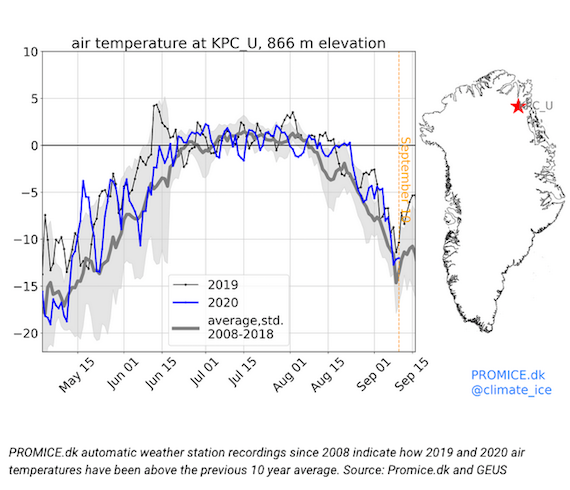


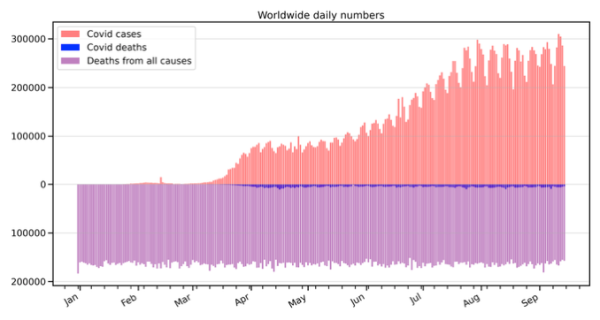




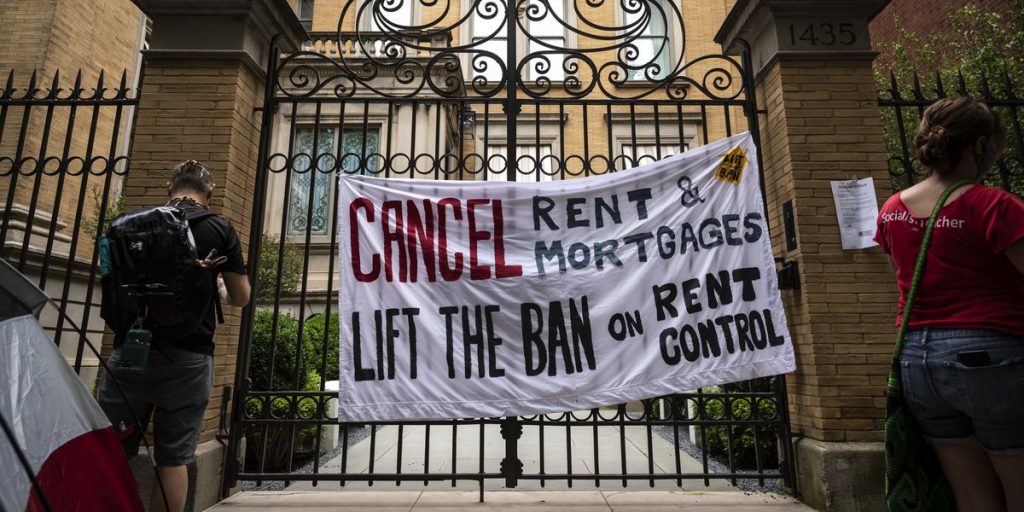













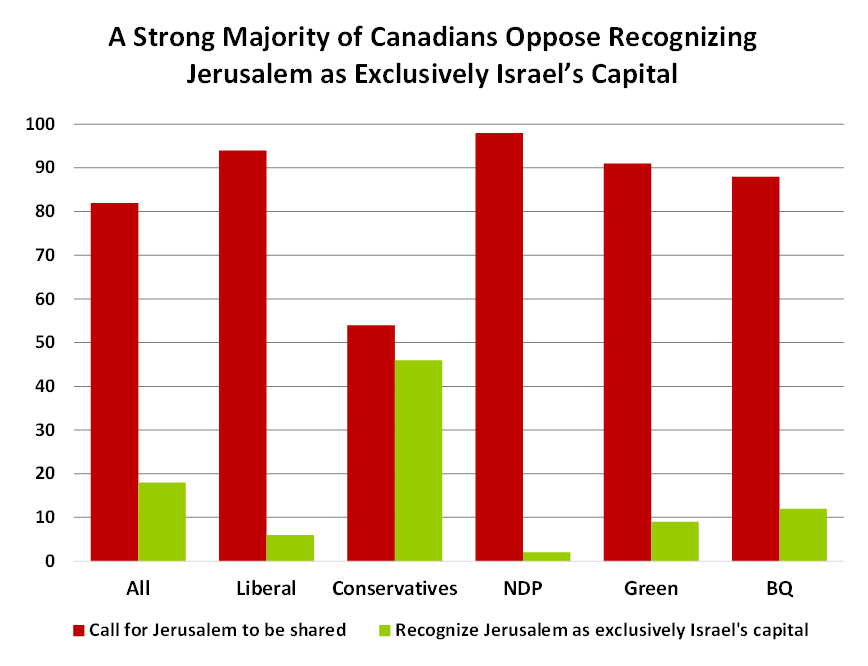
 Can you
Can you 
